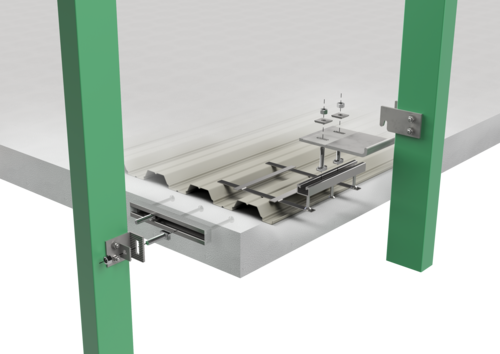If breathed in, silica particles become trapped in the lungs, causing inflammation and scarring as well as reducing the lungs’ capacity to take in Oxygen. This can result in a lung condition called Silicosis that, as well as being debilitating and progressive, can be fatal. Other health consequences include lung cancer, chronic obstructive pulmonary disease and kidney disease.
Safequarry.com1 has found that respirable crystalline silica is one of the six most common causes of fatalities within the construction industry.
So how can the industry mitigate the risks of silica dust?
The Construction (Design and Management) Regulations2 state that “the designer’s main duty is to eliminate, reduce or control foreseeable risks that may arise during construction work.”
Steps may be taken to reduce or control risk through the use of PPE and dust extraction equipment, but the best option would be to eliminate the risk by designing out the processes that produce the dust in the first place.
Cast-in channels are used in conjunction with twist-in T-head bolts to provide an efficient, adjustable alternative to resin and expansion anchors. By negating the requirement for drilling, cast-in channels reduce exposure to noise, hand-arm vibration and silica dust.
As the inventors of cast-in channels, Jordahl ®manufacture a wide range of both hot and cold rolled cast-in channels that can be used for a wide range of applications, including securing elevator guide rails, façade connections, steel beam and balcony connections and catenary in concrete lined tunnels. Hours spent working at height, drilling and fixing can be avoided by utilising cast-in channels.
The entire Jordahl channel range has an ETA and a UKTA, as well as an Environmental Product Declaration, and J&P Engineers provide specifiers with full technical support for the products.
Find out more about the benefits of our JORDAHL ® Channels
1SafeQuarry.com is a cross-industry partnership involving the Mineral Products Association (incorporating British Precast), the HSE and other bodies: set up to achieve a safer environment for all those who engage with the industry.
2Construction (Design and Management) Regulations, 2015.
Guidance on Regulations. ‘Managing health and safety in construction.’
Available at hse.gov.uk/pubns/books/l153.htm


